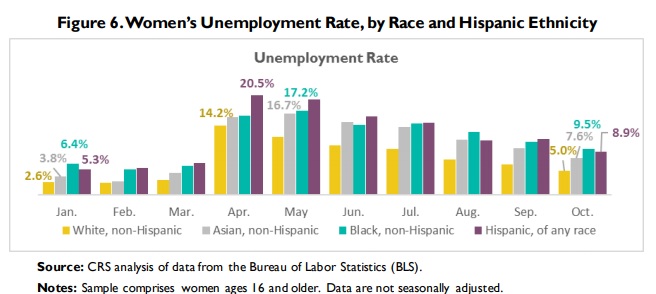 This week the Senate confirmed Dr. Miguel Cardona as the new U.S. Secretary of Education. Read below to learn about Secretary Cardona’s biggest priorities in his new position, as well as the latest update in the congressional reconciliation process.
This week the Senate confirmed Dr. Miguel Cardona as the new U.S. Secretary of Education. Read below to learn about Secretary Cardona’s biggest priorities in his new position, as well as the latest update in the congressional reconciliation process.
Senate Confirms New U.S. Secretary of Education
On Monday the Senate voted to confirm Dr. Miguel Cardona as the new U.S. Secretary of Education. The Senate voted in favor of Secretary Cardona 64-33, making this nomination more bipartisan than the past two U.S. Secretary of Education confirmation processes. Advance CTE shared the below statement following the confirmation:
“Advance CTE supported Dr. Cardona’s nomination for U.S. Secretary of Education and applauds the Senate’s confirmation of his appointment. During his confirmation hearing, Dr. Cardona shared that he is a “proud graduate” of a CTE program. This unique and lived perspective, coupled with his lifetime career as an educator, administrator, and state education leader, positions him to be a powerful advocate for equity and access and a strong steward of quality and accountability. We look forward to working with Dr. Cardona to leverage his personal experience and new position to build visibility and support for CTE. “
Cardona Shares Letter as New ED Secretary
The U.S. Department of Education (ED) shared a letter from Secretary Cardona following his confirmation. In the letter the Secretary names supporting high-quality Career Technical Education (CTE) as one of the areas of focus for ED. Secretary Cardona writes that right now the top priority is to bring students back to school for in-person learning. He discusses additional goals, including:
- Building better career pathways;
- Making college more affordable;
- Ensuring all students have access to high-quality schools with balanced coursework;
- Supporting teacher quality and improving teacher diversity;
- Ensuring teachers receive the support needed; and
- Expanding access to high-quality preschool.
Check out this introduction video from Secretary Cardona for more information.
Congress Continues Reconciliation Process
This week the Senate released the text of their reconciliation bill (H.R. 1319) following the House passage of their reconciliation bill late last Friday night. The Senate version of the American Rescue Plan Act of 2021 is similar in many ways to the legislation passed in the House. The Senate bill includes approximately $170 billion for ED, which would be available through September 2023. That amount includes:
- $125.8 billion for the Elementary and Secondary School Emergency Relief Fund. Of those dollars, 20% is required to respond to learning loss. The remaining funding is authorized for various federal education policies including activities under the Strengthening Career and Technical Education for the 21st Century Act (Perkins V);
- $39.585 billion for the Higher Education Emergency Relief Fund;
- $2.75 billion for governors to allocate to private schools that serve a significant percentage of low-income students;
- $1.25 billion (1% of each state’s allocated dollars) for evidence-based summer enrichment programs;
- $850 million for outlying areas; and
- $190 million for American Indian, Native Hawaiin and Alaska Native Education.
States would be required to put 2.5% (or $3 billion in total) toward costs related to technology. The bill also includes $7.27 billion for an Emergency Connectivity Fund through the E-rate program available through September 2030 for schools and libraries to purchase internet connectivity and technological devices.
At 12:00pm today the Senate began a vote on amendments to this bill. The vote is expected to go late into the night. It is possible that the full bill could pass the Senate sometime this weekend, followed by a House vote as soon as Monday. Please note that this timeline is an estimate and is subject to change.
Meredith Hills, Senior Associate for Federal Policy


